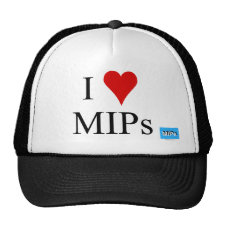
Authors: Ngundi MM, Kulagina NV, Anderson GP, Taitt CR
Article Title: Nonantibody-based recognition: Alternative molecules for detection of pathogens.
Publication date: 2006
Journal: Expert Review of Proteomics
Volume: 3
Issue: (5)
Page numbers: 511-524.
DOI: 10.1586/14789450.3.5.511
Abstract: Immunoassays have been well established for many years as the cornerstone of detection technologies. These assays are sensitive, selective and, in general, highly resistant to interference from complex sample matrices when compared with nucleic acid-based tests. However, both antibody- and nucleic acid-based detection systems require a priori knowledge of the target and development of specific reagents; multiplexed assays can become increasingly problematic when attempting to detect a plethora of different targets, the identities of which are unknown. In an effort to circumvent many of the limitations inherent in these conventional assays, other recognition reagents are being explored as alternatives, or indeed as adjuncts, to antibodies for pathogen and toxin detection. This article will review a number of different recognition systems ranging in complexity from small molecules, such as nucleic-acid aptamers, carbohydrates and peptides, to systems as highly complicated as whole cells and organisms. All of these alternative systems have tremendous potential to achieve superior sensitivity, selectivity, and stability, but are also subject to their own limitations, which are also discussed. In short, while in its infancy, this field holds great promise for the development of rapid, fieldable assays that are highly complementary to existing antibody- and nucleic acid-based technologies. ® 2006 Future Drugs Ltd
Template and target information: Review - alternatives to antibodies in immunoassays
Author keywords: Alternative recognition, Antimicrobial peptide, aptamer, Cell-based assays, Combinatorial carbohydrate, Combinatorial peptide, detection, molecular imprinting, phage display, Receptor-based assays



Join the Society for Molecular Imprinting

New items RSS feed
Sign-up for e-mail updates:
Choose between receiving an occasional newsletter or more frequent e-mail alerts.
Click here to go to the sign-up page.
Is your name elemental or peptidic? Enter your name and find out by clicking either of the buttons below!
Other products you may like:
 MIPdatabase
MIPdatabase









